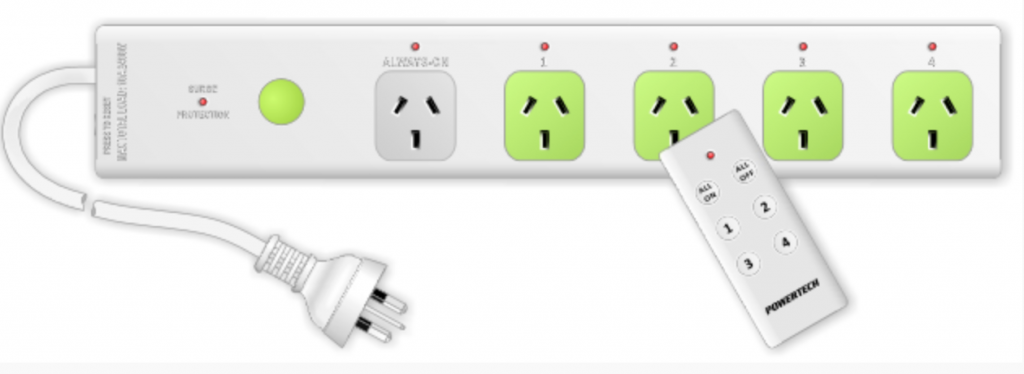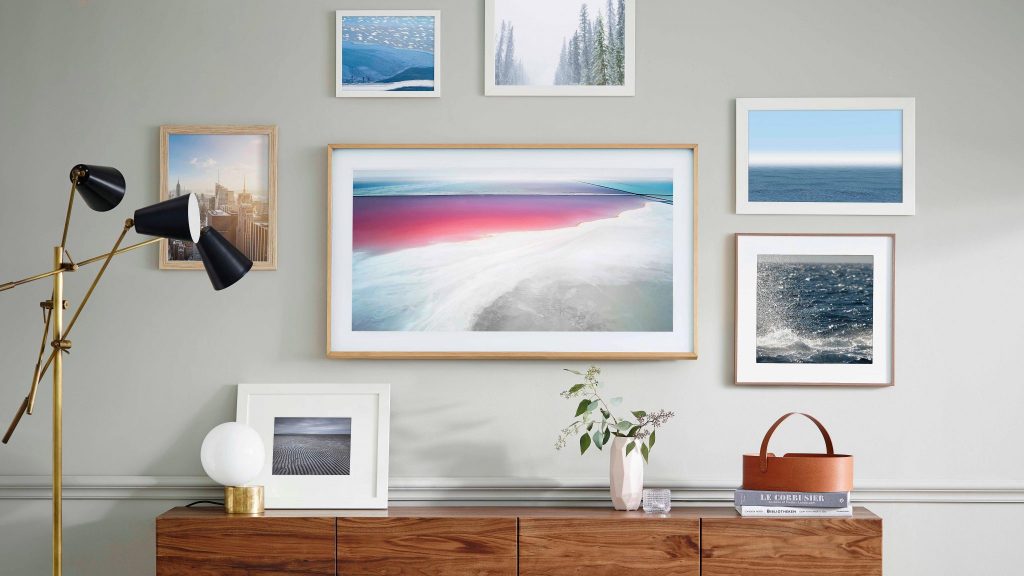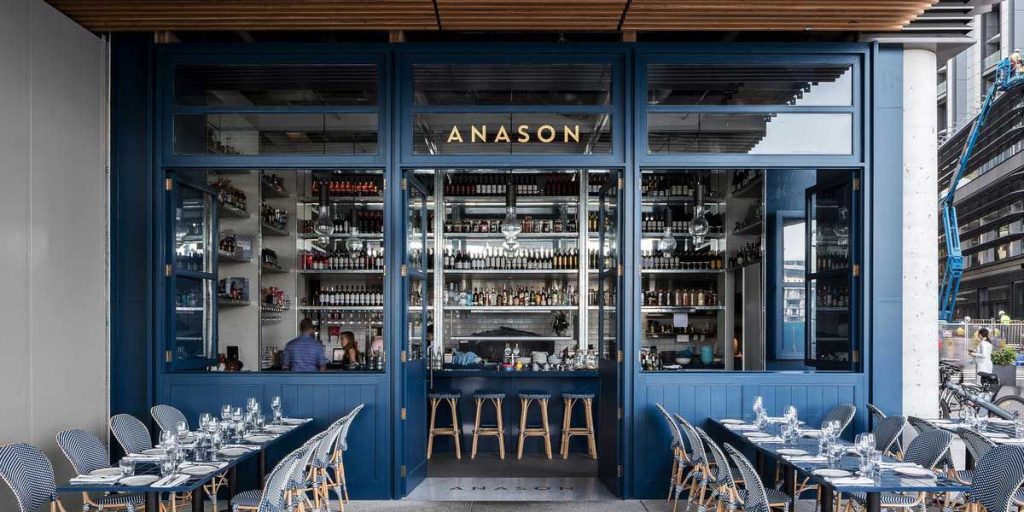Welcome to the second installment in our sustainability series here at Designbx. Last time we discussed different material options that you can incorporate into your abode to make it more eco-friendly and we talked a little bit about tech gadgets that can help too. We’re going to delve into those eco-friendly home appliances a bit deeper here. Both big and small, these items can help a great deal. Who doesn’t love saving money and the planet?
But first maybe we should talk about why these gadgets are so important. Anyone paying their electricity bill knows that energy is a big expense. In fact, Australian households are directly responsible for approximately one fifth of all of our Greenhouse Gas Emissions.
It’s estimated the average Australian household generates seven tonnes of Greenhouse Gas Emissions every year, hammering our planet and our bank accounts.
Vampire Power
It’s often the tiny, unnoticed issues that will get us in the end. This rings true for energy consumption. The energy trickle, or “vampire power” is our home’s silent killer.
Most of us think we’re doing the right thing by turning off the lights and TV when we exit a room. What we don’t realise is that even when we turn electronics off, they’re usually still in standby mode which means they’re draining electricity and pumping up our power bills even when we’re not using them.
Vampire power sucks a staggering billion dollars a year from Australian residents, and accounts for nearly 10% of our energy consumption.
Fortunately we have a simple and streamlined option that will save your power without any inconvenience of having to reset electronics everytime you want to use them. Using smart plugs and smart power boards can have a major impact on your consumption.
For instance, the Trickle Saver senses when your electronics are in standby mode and automatically deactivates the current to that outlet, which puts an end to the standby power drain. It also senses when you want to use the device again and automatically switches the circuit back on. It does all of this without interfering with other electronics still in use.
Smart Thermostats
We can’t talk about eco-friendly homes and tech gadgets without mentioning smart thermostats. We introduced you to Nest, Google’s smart thermostat, in our last piece, and it’s a truly great option. But as the technology advances, competition in the marketplace grows which is great news for us consumers. The prices are coming down as functionality and usability gets better.
One of the best smart thermostats is new kid on the block, Ecobee. While the company is a savvy startup, its CEO says its function is not to take on the various tech behemoths like Google, but to focus on what it does best while giving users the ability to integrate its product with the technology they use every day.
The newest model comes with Amazon’s Alexa voice control already integrated into the system but it also works with Apple HomeKit, Google Home and Samsung SmartThing. It has a sleek touch screen interface that can be operated from home or from a smart device and it boasts remote sensors that ensure every room in your home is being heated or cooled to your desired temperature.
Smart thermostats are a great way to go whether you want to closely monitor your energy consumption, or manage where and when different zones of your home are either heated or cooled.
As many Aussies jump onto the renovation trend, we’re seeing an increase of homes that maintain their heritage, usually in the front. Our vintage homes were typically designed to keep the home cool during the summer months, but 100 years ago there was less of a focus on keeping the home warm during the winter months. Smart thermostats can solve this problem by pushing heat to the front of the home in the winter months, maintaining a comfortable temperature in whatever room you move to.
Let’s Talk Lighting
Sustainability in the home has really gained traction in the past decade or so. Initially swapping out lights for energy efficient LED bulbs was rightfully one of the first things people did to green up their spaces. LED lights have many benefits including longevity and low energy consumption–25,000 hours of use compared 1,000 hours from an incandescent bulb.
Unlike their outdated halogen counterparts, LEDs do not generate a lot of heat. This means you can put them near plants and other sensitive materials without risk of damage. By swapping your halogen bulbs to LED, Co2 pollution is cut by a remarkable 40%.
But let’s face it, LEDs weren’t always the prettiest. They often had a weird swirly design and emitted a cool, bluish hue. Fortunately, those days are gone. Now you can have your energy efficiency and your ambiance too! Lighting designers are making their creations integrated for LED use, and they give off a warm glow like their older counterparts. For places that still need to be brightly lit, LED covers those spaces too. We no longer need to rely on those terrible fluorescent bulbs, chock-full of mercury, to illuminate our spaces. LEDs aren’t full of toxic chemicals, and since they rarely need replacing, you don’t have to worry about them piling up in landfills. A win-win for eco-friendly home appliances!
Solar Water Heating
Finally, another large energy suck is our hot water. How bad is it, you ask? Conventional water heating accounts for 25% of Australian household energy use.
Installing a Thermodynamic hot water system could end a lot of our water heating woes. Solahart, the Western Australian solar company that got its renewable start back in 1953, pioneered commercialised solar hot water and has sold over a million of the systems in 70 countries.
As the cost of power is on the rise, solar water heating is a superior alternative. It cuts water heating power consumption by 50-90%. While there may be many reasons to cut down on hot showers (like protecting our water as well as our skin and hair from drying out!) water heating doesn’t have to be one of them.
All In One Place
With all these smart gadgets, you may or may not feel like you need a central hub to control them all. Many items come with integrated Wi-Fi, so there’s no need to connect them to a hub in order to control them remotely from a smart device. Others may be bluetooth enabled, making the need for a smart hub more paramount.
If you go down the smarthub route, the Samsung SmartThings Hub might be your best bet. It works with most smart home devices and it has a super added benefit of a backup battery that most hubs do not.
It’s no secret that we love the Samsung Frame here at Designbx. It solves so many design challenges that we face with integrating TVs into a beautiful aesthetic. The frame comes with its own stand-alone smart tech perks, including having the Samsung SmartThings technology integrated into it, which means one less thing to plug into your router.
Call In The Pros
Image Reference
If all of this seems like a bit too much for you to set up your eco-friendly home appliances alone, don’t be afraid to call in the professionals to do it for you. If you’re in the NSW area, Home Automation Specialist could help you out. They’ve synced smart spaces all over the area, from residential to commercial to offices. You can rest assured that your home will keep all of its charm without turning into something out of a Sci-Fi movie, unless of course, that’s what you want.
Krista Collard is the founder and principle of Sustainable Staging and is a writer and designer for Designbx. She has worked in media and communications for environmental advocacy groups 350.org Australia and the Sierra Club in the US and continues to advocate for all things sustainable.






